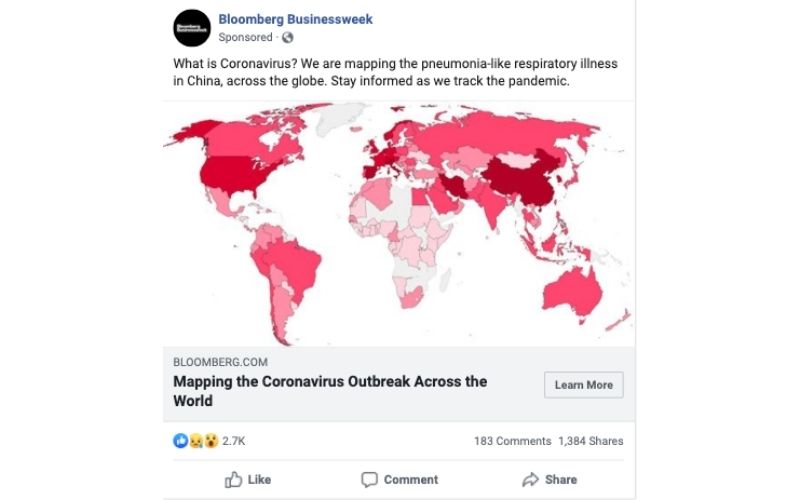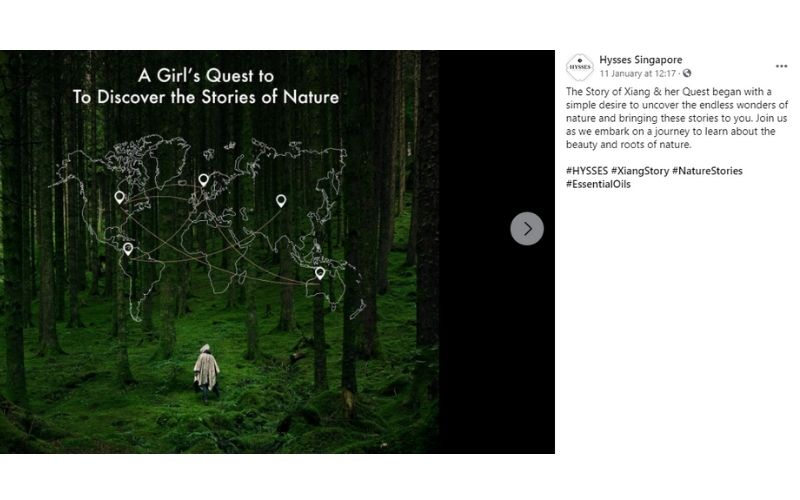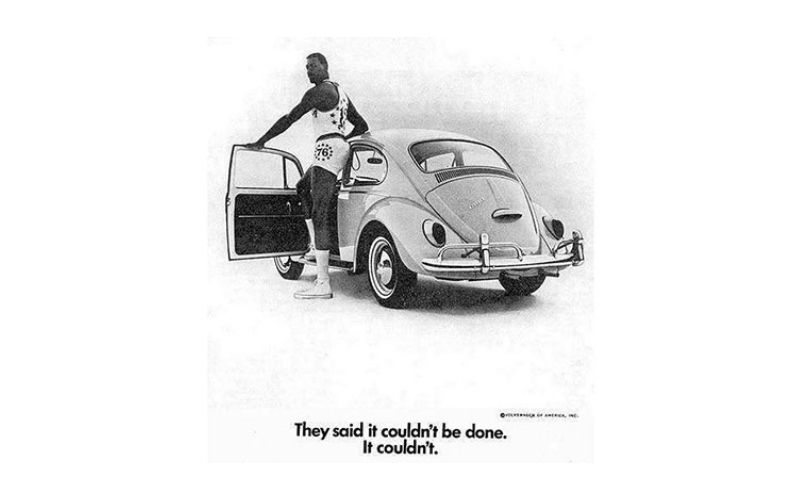05 Mar

Advertisement writing is crucial for any type of business, and you might think that only skilled copywriters can do the job. Of course, they have the leverage, but that doesn’t mean that you can’t do it. We have here a few advertisement writing tips if you want to improve the craft. This will help you create copy that can gain traction without being annoying.
You see, many writers commit the mistake of overly praising their brands in an attempt to look good in the market. But more often than not, it raises more questions about their credibility, and people see them as obnoxious. Don’t let that happen with these tips.
Think of the Market’s Persona
One of the cardinal rules when advertising is that you have to know your market. You need to understand their behavior and even their language. And that rule translates to advertisement writing. Before you draft your headline or a lengthy copy, you must position it in such a way that is relatable to your audience.
Are they baby boomers or millennials? Do they have generation-specific slang? Can you throw in some jokes that they will likely appreciate?
Even if you are the best writer out there, if you don’t know how to write for the market, your copy is useless.
Write As You Speak
The most effective advertisements use a conversational tone, and they are unlikely to intimidate. Let’s take a look at this sample from Bloomberg.

The big media company Bloomberg, as we all know, delivers straight news, and they always mean business. However, if you look at their sponsored post on Facebook, their language or tone isn’t rigid. It’s easy to understand, and they briefly explained what the Coronavirus is without going too technical. That same approach can be used if you are selling products or services relatively new to the market.
Tell Stories
Storytelling works no matter how young or old you are. It’s not just a way to promote your brand, but it can be a tool to inspire a market. In addition, stories are easier to remember. If you want your audience to have a greater recall of your product, this seems like the best solution. But if you are to use this technique, prepare a good storyline. Since this is generally lengthy, you must sustain your market’s interest throughout the series.
Here’s an amazing example of advertising writing that uses storytelling to its advantage.

Hysses is a premium aromatherapy house in Singapore. Since the essential oil market is in demand yet highly competitive, they advertised their product by creating a story about a young woman who traveled worldwide to find the best therapeutic oils.
The Hysses’ campaign worked because they released one story every week, which keeps the readers coming back for more. And they used that opportunity to highlight the benefits of essential oils. It’s a clever way of making the market interested and well-informed.
Value Brevity
Remember that you don’t have hundreds of pages for advertisement writing. You only have seconds to stop your audience. And that is why you must know how to ‘write less but say more.’
Here’s a good exercise if you are used to writing long formats. Write as much as you can and just keep the ideas flowing. When you are done, read what you have written and carefully assess which details are important for your market. That’s where you can trim it down to a more concise version of advertisement writing. And as you practice this, you will be used to working on a shorter copy.
Use Humor With Caution
If you’ve been studying copywriting or reading the best techniques, Volkwagen’s classic newspaper ads are always a good example of using humor. Let’s have a closer look.

Back in the day, Volkswagen has been making millions of people laugh with their outstanding advertisements. Most of the time, they make fun of their own product. Now, that’s a great approach. When you know how to make fun of yourself and to take your shortcomings lightly, people will laugh with you (and not at you). For brands, that’s a good thing as it shows how humble yet exciting your company is.
But when you are to use humor, do so with caution. Remember that whatever you write can be used against your company. Generally, it shouldn’t target sensitive issues or specific groups and beliefs. If you are unsure about your advertisement writing, ask opinions from different people first before you put it out in the open.
Ask Intriguing Questions
This is the most commonly used technique for advertisement writing, and for a good reason. When you ask questions at the onset of your advertisement, you will likely capture your reader’s attention. But of course, the right question matters. It should make them think and must push them to learn more about your offering.
For example, if you’ve seen an overly salesy question, you would ignore it. It’s corny, lacks originality, and obsolete. Here are some of the examples of questions you might want to stay away from.
- Do you want to lose 10 pounds in just one week?
- Do you want to double your investment in 5 days?
- Do you want to look 20 years younger without surgeries?
These questions make you cringe, and the first thing that comes to your mind is that the company is a complete fraud.
Meanwhile, here are questions you could draw inspiration from:
- Do you miss your mother’s cooking?
- Are you looking for affordable laptops?
- Don’t you hate long queues in the bank?
Notice the difference. The second set encourages you to have a dialogue. On the other hand, the first ones are an obvious attempt to over-promise.
Advertisement writing is never going to be a walk in the park. It takes a perfect balance of logic and creativity to work. If you are having trouble coming up with a material that can win the market, it’s always good to outsource writing services. Companies such as Content Fuel have a pool of ideas where they could brainstorm from. Throw in your own ideas, and they could come up with the best advertisement writing output specifically for your brand.










